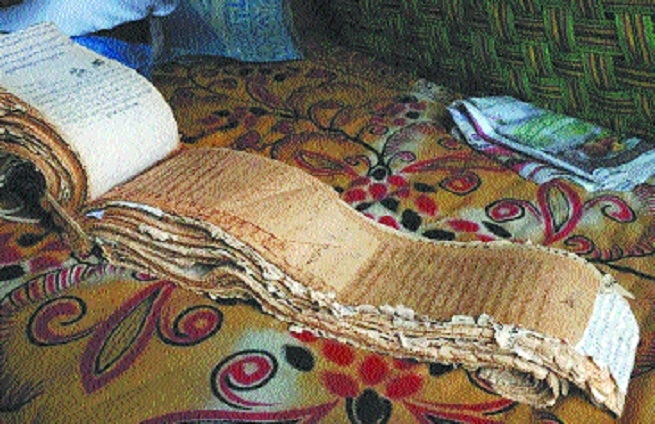‘Bahi khatas’ of Haridwar pandas relevant even in era of computers
| Date :04-Apr-2021 |

HARIDWAR (Uttarakhand) ;
A STEP into one of the nondescript houses the pandas live in at Kushaghat near Har Ki Pairi here, one will be confronted by almirahs fully stacked with arrays of yellowing pages in huge volumes. To the uninitiated, these “Bahi khatas (registers)” may seem nothing but scrap, but for the house owner, these centuries-old “precious volumes” can give the Internet search engines a run for their money when it comes to dredging up family histories.
As thousands of Hindu pilgrims visit Haridwar to wash away their sins in the Ganga or to perform last rites of their loved ones, their family priests help them record their lineage on these scrolls of paper. Around 2,000 pandas residing in Haridwar preserve the lineages of their clients in the ‘Bahi khatas,’ says Kaushal Sikhaula, a priest, as he turns over the brittle pages of one such volume carefully so as not to damage them further.
The tradition started with the invention of paper and has continued ever since. Before paper, the practice of scripting and preserving family trees or lineages in ‘Bahi khatas’ was carried out on ‘Bhojpatra,’ but those records are no longer available, Sikhaula, a revered priest of Haridwar, adds. The pandas of Haridwar are the original inhabitants of the pilgrimage town. Before the practice of recording family details of clients visiting the banks of the Ganga here started, the pandas used to memorise the names, clans and places of origin, and pass down the information orally to their next generations. The clientele of a particular panda is decided on the basis of the village, district and the State they come from.